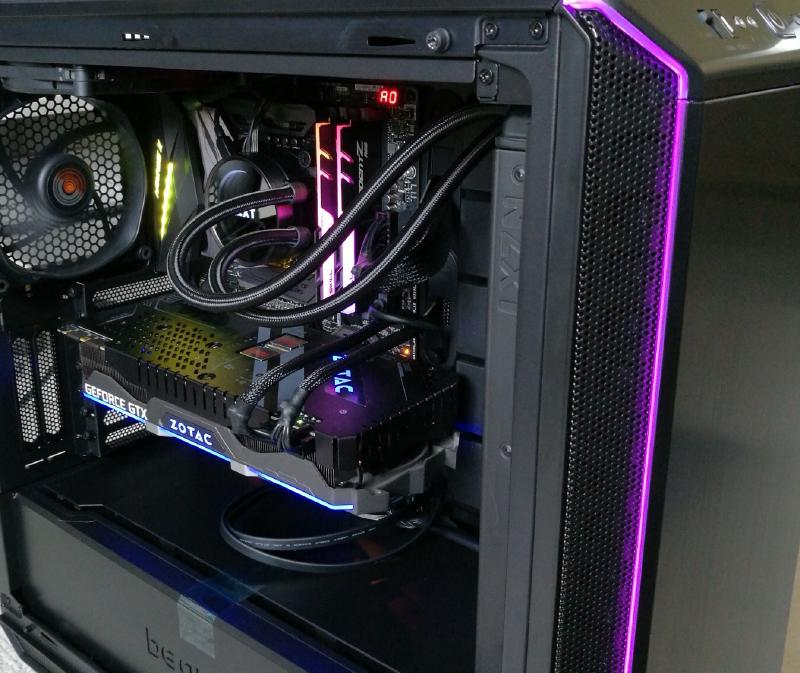Desktops

Summary
Desktops are stationary machines used for tasks requiring high performance and external peripherals.
They are great for gaming, video editing, CAD & modelling, or for scientific simulations.
Benefits & Drawbacks
Advantages include:
- High performance
- Upgradability - which also makes it more cost effective in the long run. If more storage was needed, for example, the individual storage drive can be replaced rather than the entire computer.
Disadvantages include:
- Lack of portability - desktop computers are typically stationary devices.
- High power consumption and poor energy efficiency.
Historical Context:
The first desktop computer is considered to be the IBM 51501:
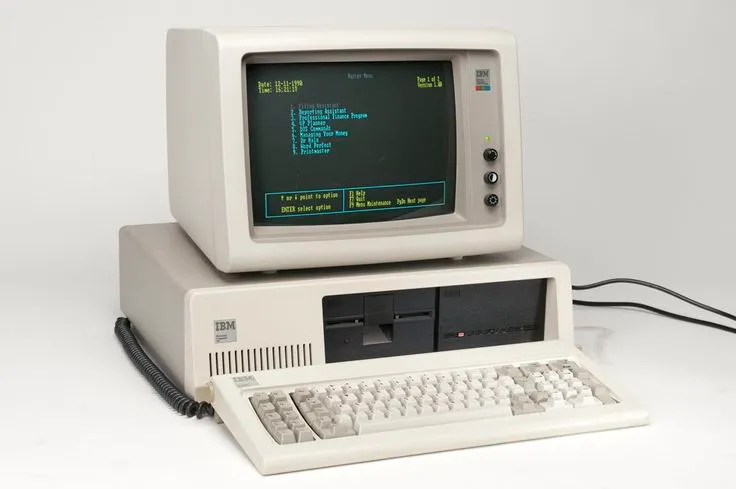
The IBM 5150 is considered to be the first general purpose computer available for consumer purchase. It was first manufactured in 1981, and cost $1600. Which costs around $5400 today2, accounting for inflation.
The IBM 5150 came with three options for it’s operating system, MS-DOS, CP/M and USCD Pascal, all of which were text based operating systems.
Nowadays a typical gaming pc is many millions of times more powerful than the IBM 5150.
Laptops

Summary
Laptops are portable personal computers.
They are designed for various tasks such as office work, browsing, and in the case of gaming laptops: light gaming/scientific modelling.
Benefits & Drawbacks
Advantages include:
- Portability
- Built in peripherals (trackpad, keyboard)
Disadvantages include:
- Limited upgradeability, and hence not cost effective in the long run. Once the laptop gets old, a new one would have to be bought.
- Performance constraints
Historical Context
The first portable computer is the Osborne 13:
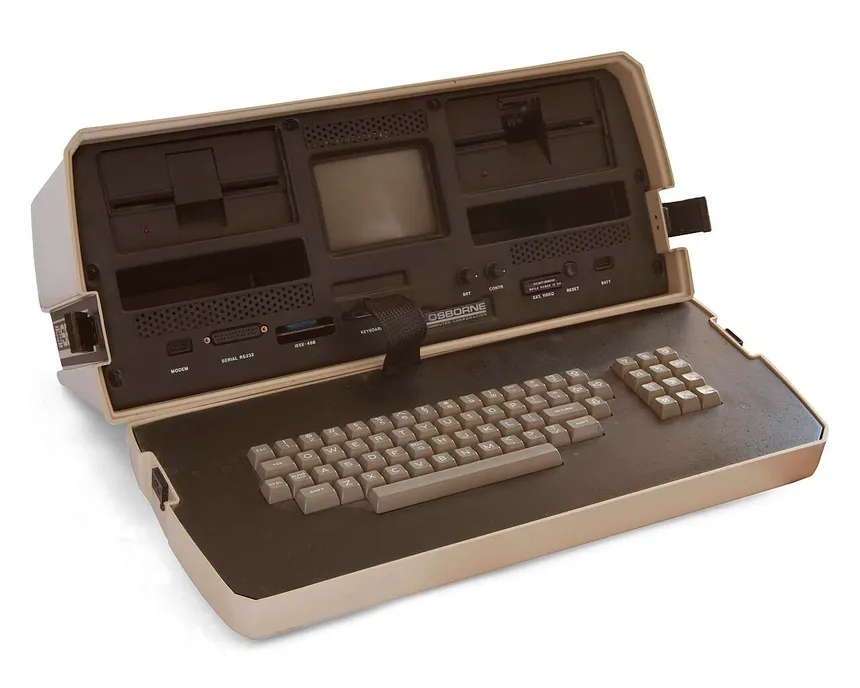
Similar to the IBM 5150 computer, the first laptop was also created in 1981. It was commonly used for spreadsheet & word processing as well as MBASIC or CBASIC programming. It used the CP/M text based operating system
It cost $1795, which was considered to be very good value considering how the software it came bundled would have been worth $1500 on its own. $1795 would cost approximately $6100 dollars today, accounting for inflation2.
Nowadays, laptops which are many millions of times more powerful can be found at a fraction of the size whilst also being many times cheaper.
Tablets/Smartphones

Summary
Tablets and smartphones are portable touchscreen devices primarily used for web browsing, communication, and entertainment.
Benefits & Drawbacks
Advantages include:
- Very good portability
- Touch interface
- Long battery life and high energy efficiency
Disadvantages include:
- Small screen size
- Limited multitasking capability
Historical Context
Apple is said to have revolutionised the portable smartphone/tablet field, with their release of the iPad and iPhone.

Apple was the first to create a touchscreen general purpose smartphone, which revolutionised what we have today. Ever since the iphone’s launch there has been constant innovation in the smartphone realm.
Embedded Systems

Summary
Embedded systems are specialized computers integrated into day to day devices like vehicles, kitchen appliances and industrial machinery.
Benefits & Drawbacks
Advantages include:
- High efficiency
- Little energy consumption
- Low heat production
- They are generally very stable & reliable devices, requiring little maintenance
- Low cost
- Can be used for real time operation
Disadvantages include:
- limited computing power
- usually impossible (or very difficult) to upgrade or modify
Historical Context
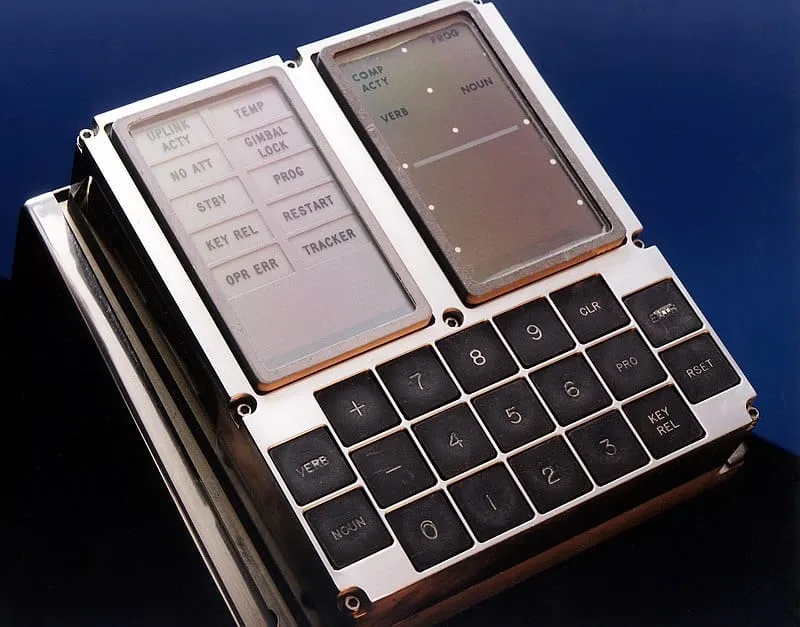
The first embedded system is considered to be the Apollo Guidance Computer3, produced for the Apollo program in 1966.
It had a 2 MHz processor, yet consumed 55W making it extremely inefficient in comparison to the embedded systems produced nowadays.
Mainframes
Summary
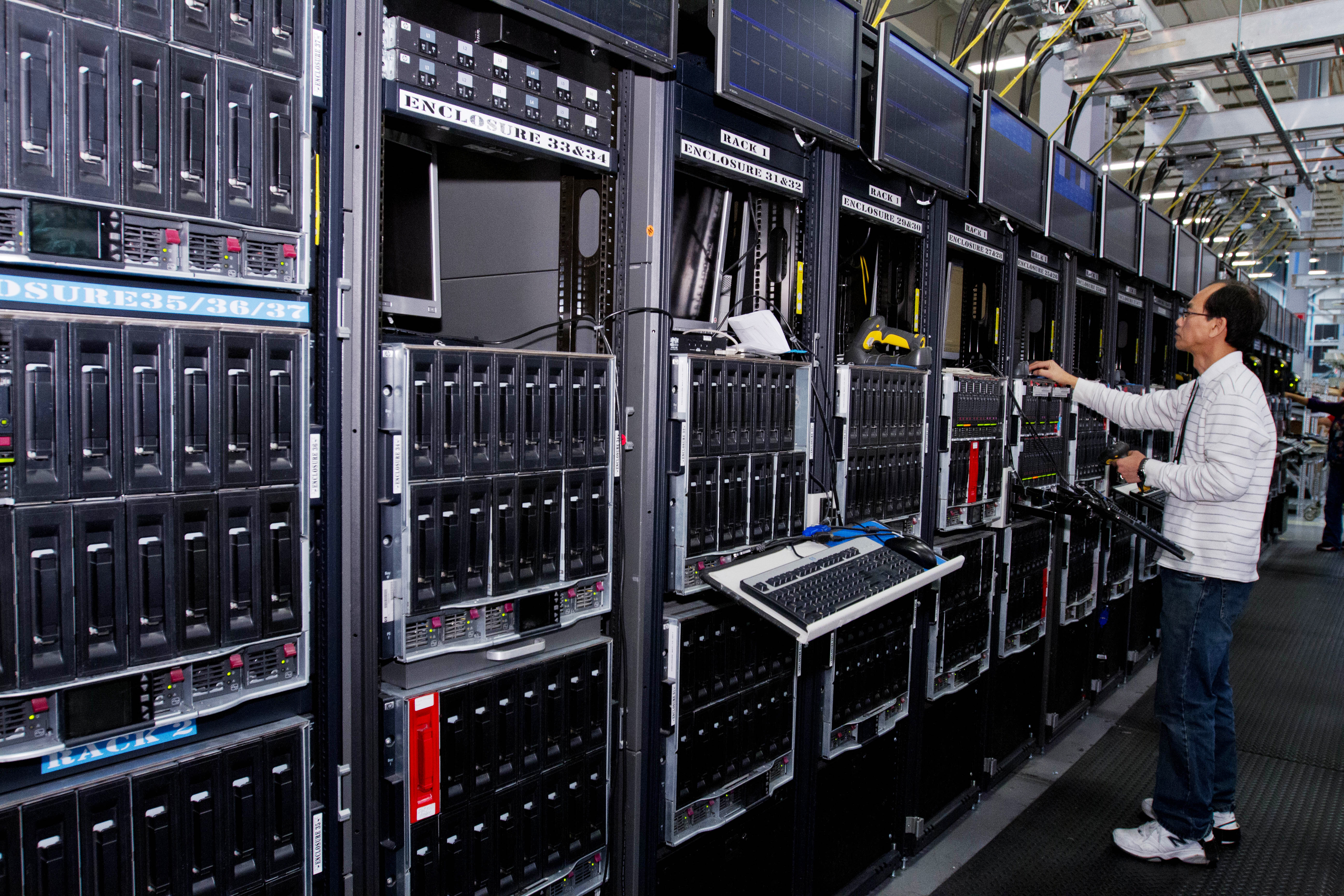
Mainframes are large, high performance computers used to process very large amounts of data. They usually have excellent backup capability, and reliability.
Benefits & Drawbacks
Benefits include:
- High levels of reliability due to backup capabilities
- High security
- Highly performant devices
Drawbacks include:
- High cost
- Usually requires a specialised skill set & constant monitoring
- Becoming less common with the rise of cloud computing (e.g AWS or Microsoft Azure)
Historical context

The first mainframe computer was the Harvard Mark 1. Started to be developed in the 1930’s, the machine wasn’t ready for use until 1943. It cost $500,000 to build, which is roughly 11 million2 in 2023 dollars.
Quantum
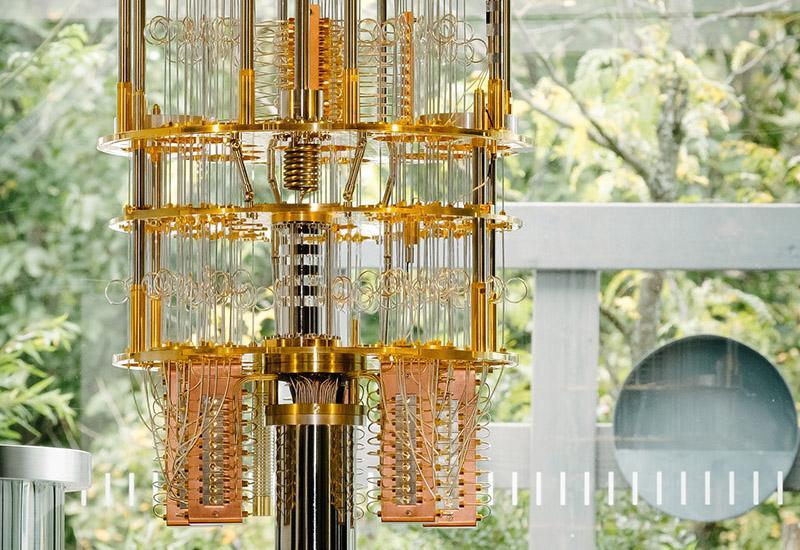
Summary
Quantum computers are experimental machines designed for complex scientific calculations or cryptography tasks.
Once a fully working one is available it is estimated to be millions of times faster than what we have today. Primarily because quantum processors are not limited to just 2 states, but rather 2^n number of states, with n being the number of qubits available.
Benefits & Drawbacks
Advantages include:
- Massive performance boost over current processors
Disadvantages include:
- Fears over quantum computer cracking cryptographic algorithms previously considered unbreakable, which could be a severe issue for security.
- Still theoretical, may be many years away from our lifetime
- Very expensive
Historical Context
Companies & universities all around the world are racing to build the worlds most powerful quantum computer, some having raised hundreds of millions in investments to aid their research.
Currently the two largest competing companies in this field are IBM & PSIquantum, with an aim to reach a 1 million qubit processor. Which would have 2^1000,000 states.
A chart of IBM’s progress can be seen below:
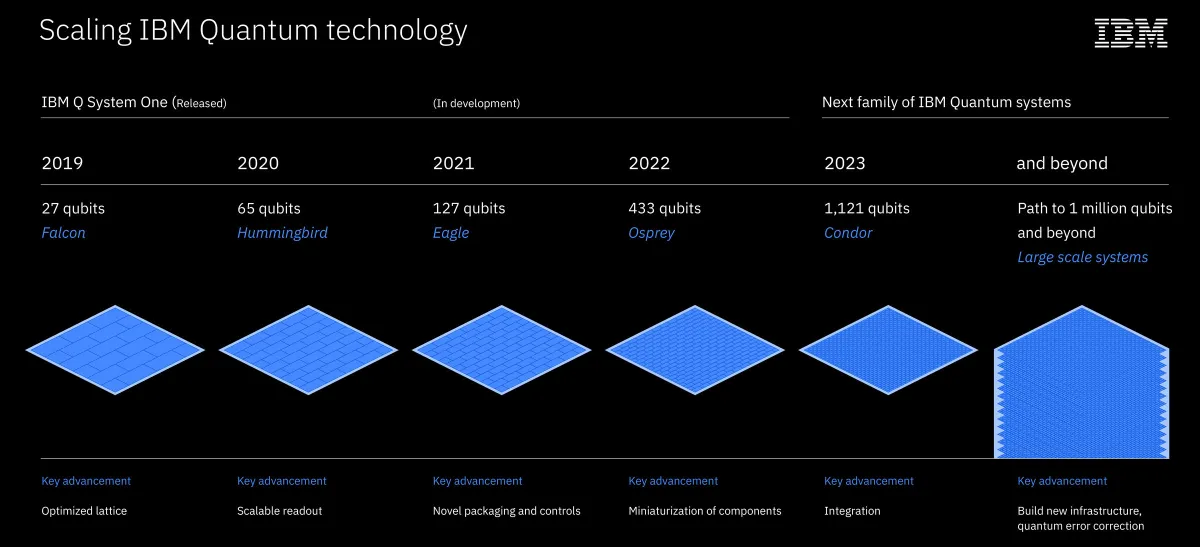
In the period of just 4 years, IBM was able to increase the number of qubits available by 4151%. Showing the exponential rate of innovation that’s taking place in this field.
Cloud Computing (IaaS)

Cloud computing is an increasingly popular computer system type. Rather than purchasing and maintaining expensive mainframes, businesses can rent them from larger businesses such as google, or amazon.
Benefits & Drawbacks
Advantages of cloud computing includes:
- Security - it may be more secure for a large, established company to manage security for the business, rather than them managing it themselves.
- Cost - it can be cheaper for businesses, both in terms of hardware cost, but also because the business can hire fewer IT staff.
- CDN - cloud computing companies like google or amazon may have servers all around the world to speed up a customers interaction with the server.
Disadvantages include:
- Security - if google/amazon has a security incident, it would affect the business.
- Cost - it would likely end up being more expensive in the long term.
- Privacy - businesses handling sensitive data (i.e schools, hospitals or law firms) may not trust putting data on someone else’s hardware.
Historical Context

Mid-2000’s amazon opened the first IaaS (infrastructure as a service) platform named AWS, and priced it on a pay-as-you-go basis.
Seeing the success of AWS, competitors started offering their own services in ~2010. This involved IBM, google cloud and later oracle cloud.
-
Information regarding the IBM 5150 was gotten from its wikipedia page ↩︎
-
Inflationtool.com’s inflation calculator was used to estimate the level of inflation in the dollar over time ↩︎ ↩︎ ↩︎
-
Information regarding the Osborne 1 was gotten from its wikipedia page ↩︎ ↩︎
